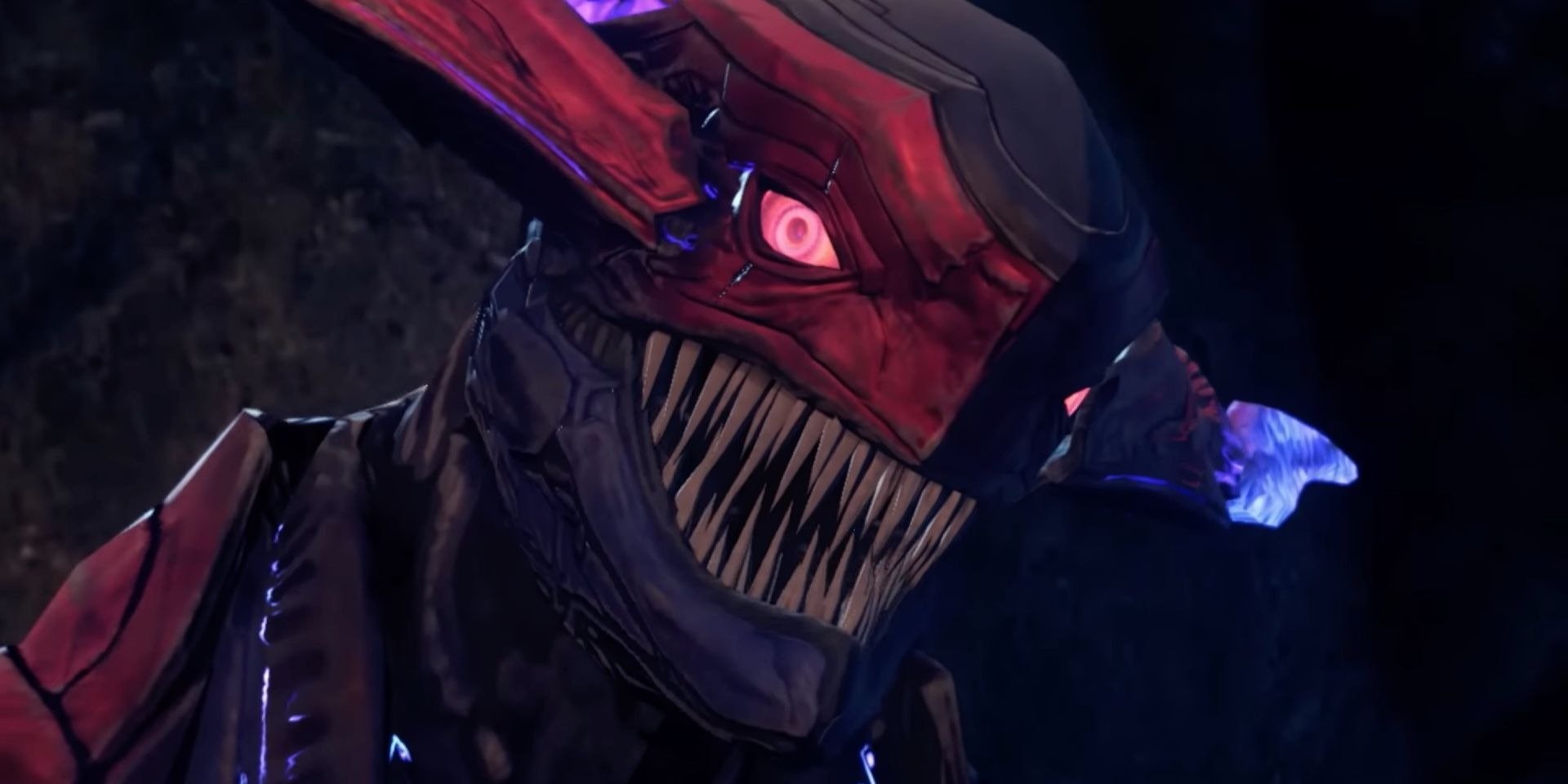
Summary:
Xenoblade Chronicles 3, helmed by Tetsuya Takahashi, offers a deep dive into the realm of storytelling and character development. Takahashi’s unique vision brings realism to the forefront, particularly evident in the portrayal of villains Moebius and Z. As players navigate themes of resistance and control alongside Noah and the gang, they uncover layers of lore that extend beyond the game’s ending. Takahashi’s insights provide valuable glimpses into the game’s development process and fan engagement, offering a comprehensive understanding of the Xenoblade Chronicles universe.
Tetsuya Takahashi’s Vision for Xenoblade Chronicles 3
Tetsuya Takahashi, the creative force behind Xenoblade Chronicles 3, embarked on a journey to redefine the narrative and character dynamics within the game. Departing from traditional villain archetypes, Takahashi aimed to imbue Moebius and Z with a sense of realism that resonated with players on a deeper level. This departure from conventional storytelling tropes allowed for a more nuanced exploration of themes such as power, control, and existentialism.
Characterization of Moebius and Z
In Xenoblade Chronicles 3, the antagonists Moebius and Z serve as catalysts for the game’s narrative, embodying the harsh realities of power and influence. Unlike their predecessors in the series, these villains eschew traditional notions of righteousness and instead operate from a place of self-interest and manipulation. Takahashi’s decision to portray Moebius and Z as embodiments of real-world unpleasantness adds layers of complexity to the game’s overarching conflict.
Exploring Realism in Villain Portrayal
The shift towards realism in villain portrayal reflects Takahashi’s desire to challenge players’ perceptions of good and evil. By presenting antagonists who are not only relatable but also morally ambiguous, Xenoblade Chronicles 3 encourages players to question the nature of heroism and villainy. This departure from conventional storytelling conventions elevates the game’s narrative and fosters a deeper sense of engagement among players.
Themes of Resistance and Control
Central to Xenoblade Chronicles 3 is the theme of resistance against oppressive systems of control. Through the lens of Noah and his companions, players are invited to explore the consequences of living in a world governed by arbitrary rules and limitations. Takahashi’s narrative deftly navigates themes of agency and autonomy, urging players to consider the implications of unchecked power and authority.
Noah and the Gang: Agents of Change
As players progress through Xenoblade Chronicles 3, they assume the roles of Noah and his companions, a ragtag group of rebels determined to challenge the status quo. Their journey serves as a catalyst for change, inspiring hope and defiance in the face of overwhelming odds. Takahashi’s characterization of Noah and the gang highlights the transformative power of resilience and camaraderie in the face of adversity.
Fan Engagement and Extended Lore
Beyond the confines of the game’s narrative lies a rich tapestry of lore and world-building eagerly explored by fans. Tetsuya Takahashi’s acknowledgment of fan interest in the extended lore of Xenoblade Chronicles 3 speaks to the game’s enduring legacy and cultural impact. Through supplementary materials and developer insights, fans are granted unprecedented access to the intricacies of the game’s universe, fostering a sense of community and shared discovery.
Takahashi’s Insights on Game Development
Tetsuya Takahashi’s recent acknowledgment of fan interest in extended lore demonstrates his commitment to engaging with the community and expanding the Xenoblade Chronicles universe. By sharing behind-the-scenes insights and lore tidbits, Takahashi deepens players’ appreciation for the game’s narrative and characters. His willingness to engage with fans underscores the collaborative nature of game development and the importance of fostering a dedicated fan base.
Expanding the Xenoblade Chronicles Universe
With Xenoblade Chronicles 3, Tetsuya Takahashi has crafted a narrative experience that transcends traditional storytelling boundaries. By embracing realism and nuance in character portrayal, Takahashi invites players to immerse themselves in a world rich with depth and intrigue. As the franchise continues to evolve, fans can look forward to further expansions of the Xenoblade Chronicles universe, guided by Takahashi’s visionary leadership.
Conclusion
In conclusion, Xenoblade Chronicles 3 stands as a testament to Tetsuya Takahashi’s mastery of storytelling in gaming. By challenging traditional tropes and embracing realism, the game immerses players in a world ripe with depth and intrigue. The exploration of extended lore and fan engagement underscores the enduring impact of Takahashi’s creative vision.
FAQs
- Q: What inspired Tetsuya Takahashi’s approach to villain characterization in Xenoblade Chronicles 3?
- A: Takahashi aimed to depart from traditional villain archetypes and portray Moebius and Z as embodiments of real-world unpleasantness, adding layers of complexity to the game’s narrative.
- Q: How does Xenoblade Chronicles 3 expand upon the lore established in previous installments?
- A: Through supplementary materials and developer insights, fans are granted unprecedented access to the intricacies of the game’s universe, fostering a sense of community and shared discovery.
- Q: What themes are prevalent throughout the game, particularly in relation to Noah and his companions?
- A: Themes of resistance against oppressive systems of control, agency, and autonomy are central to the narrative, urging players to consider the implications of unchecked power and authority.
- Q: How has fan interest influenced the development and post-release content of Xenoblade Chronicles 3?
- A: Takahashi’s recent acknowledgment of fan interest in extended lore demonstrates his commitment to engaging with the community and expanding the Xenoblade Chronicles universe.
- Q: What challenges did Tetsuya Takahashi face in balancing realism with the fantastical elements of the game’s narrative?
- A: Takahashi navigated the challenge of balancing realism with the fantastical elements of the narrative, ultimately crafting a world that resonates with players on a deeper level.













